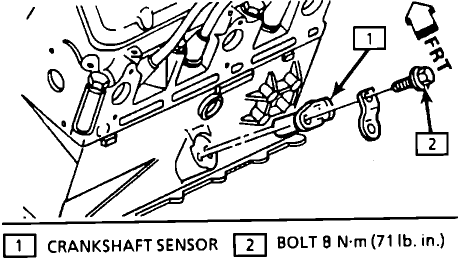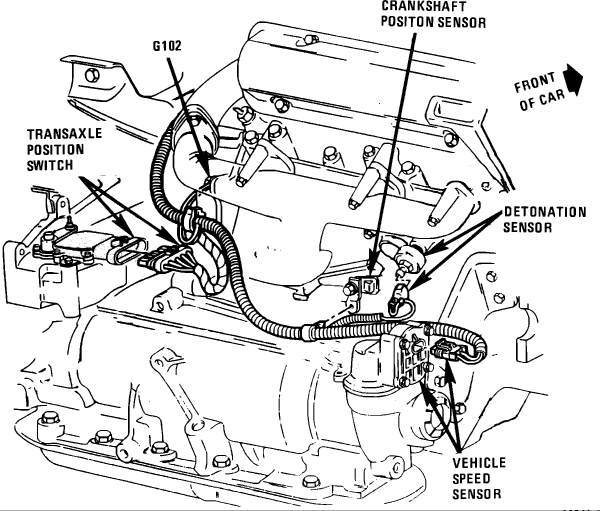According to Mitchell, replacing the crankshaft position sensor should take 0.8 hours, which is a lot compared to most cars, but that does not include setting the car up on the hoist, diagnostics, verifying the repair solved the problem, and things like that. The charges will also include a ton of environmental charges and other government-mandated regulations.
Removing a broken sensor is not part of a standard procedure, so it is not covered in the flat-rate guides. This type of job is normally billed by time and material. A mechanic with more experience or who has invested in expensive specialty tools and advanced training will work in a shop with higher hourly labor rates, but he will get the job done faster. A lower-paid inexperienced mechanic will take longer and may not know the most efficient way to do this repair. Also, the most efficient way might include damaging/removing/replacing other parts to gain access to the broken part. That is why there can be two or three totally different ways to solve the same problem. One way takes less time but additional parts are needed. Another method might save those additional parts from being needed, but will take longer. The lowest cost repair is not necessarily the best value.
You also must consider why the sensor is broken. If you tried to replace it yourself, and it broke, welcome to our world. If we break it, we still get paid for 0.8 hours to replace it, even if it takes all day. If you broke it, we have to gather a group of people to push the non-running car into the shop, set it up on the hoist, examine the situation, and prepare an estimate. We may have spent an hour on your car before the repair is even started.
It sounds like one mechanic wants to remove the oil pan so he can reach up with a pry bar to push the sensor out. That will take quite a bit of time, but may be the least strenuous approach. The other mechanic mentioned drilling it out from the outside. That could require removing the exhaust pipe, and its rusty bolts that will break and need to be drilled out and replaced. The generator or power steering pump bracket might be in the way. The firewall might be so close that a special right-angle drill is needed. That means he will not actually be able to see where he is drilling. How much will he have to drill before a stuck sensor can be removed, and what if some of the metal chips fall into the engine?
There are a lot of variables to consider, and some questions you need to answer, but it boils down to which mechanic you feel most comfortable with. It is highly likely your final bill will be different that either estimate because more time or parts will be needed that are not known yet.
Thursday, December 29th, 2016 AT 12:33 PM




